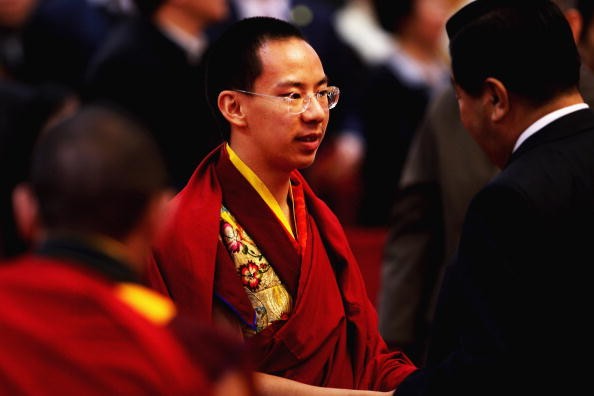It was Gyaltsen Norbu, the 11th Panchen Lama, who presided over the Kalachakra in Tibet on Thursday, July 21.
Although it was a significant religious event for Buddhist Tibetans as the Kalachakra, a rare Buddhist ritual, was held for the first time in 50 years in Tibet, what made the four-day event more significant is that Gyaltsen Norbu is a youth named by Chinese officials to take the second-highest post in Tibetan Buddhism.
China.org reported that Bainqen Erdini Qoigyijabu delivered the first Kalachakra instructions, while about 40 monks started a closed-door observance on Thursday morning. These monks from Labrang Lamasery would perform the rite every morning during the four-day Kalachakra, or the wheel of time which is a series of teaching and initiations given by Buddhist gurus to help followers of the religion through the cycle of life.
Reuters pointed out that even if the youth is officially an atheist and considered fake by many Tibetans when he was named 11th Panchen Lama in 1995, the Tibetans nevertheless went along and attended the important rite for activating dormant enlightenment.
A six-year-old boy was the real choice of the Dalai Lama to become the 11th Panchen Lama, but the boy was held by Chinese authorities and have not been heard of since then, while Beijing labeled the Dalai Lama, the real spiritual leader of Tibetan Buddhism, as a dangerous separatist.
The same rite is being held by the Dalai Lama – who left his homeland in 1959 after he led an uprising, which was aborted, against Chinese rule – overseas. The Panchen Lama held the rite at the Tashi Lhunpo Monastery in Shigatse, his traditional seat.
The Panchen Lama was gradually exposed by Beijing to the public with the hope that he will get the same respect as the Dalai Lama. To improve his visibility, the Panchen Lama traveled to Hong Kong in 2012, his first foray outside mainland China.
After the Dalai Lama left Tibet, the 10th Panchen Lama stayed behind and was initially believed to have collaborated with Beijing. But he was critical of Chinese authorities and was jailed or under house arrest until he was freed in 1977 and died in 1989.



























